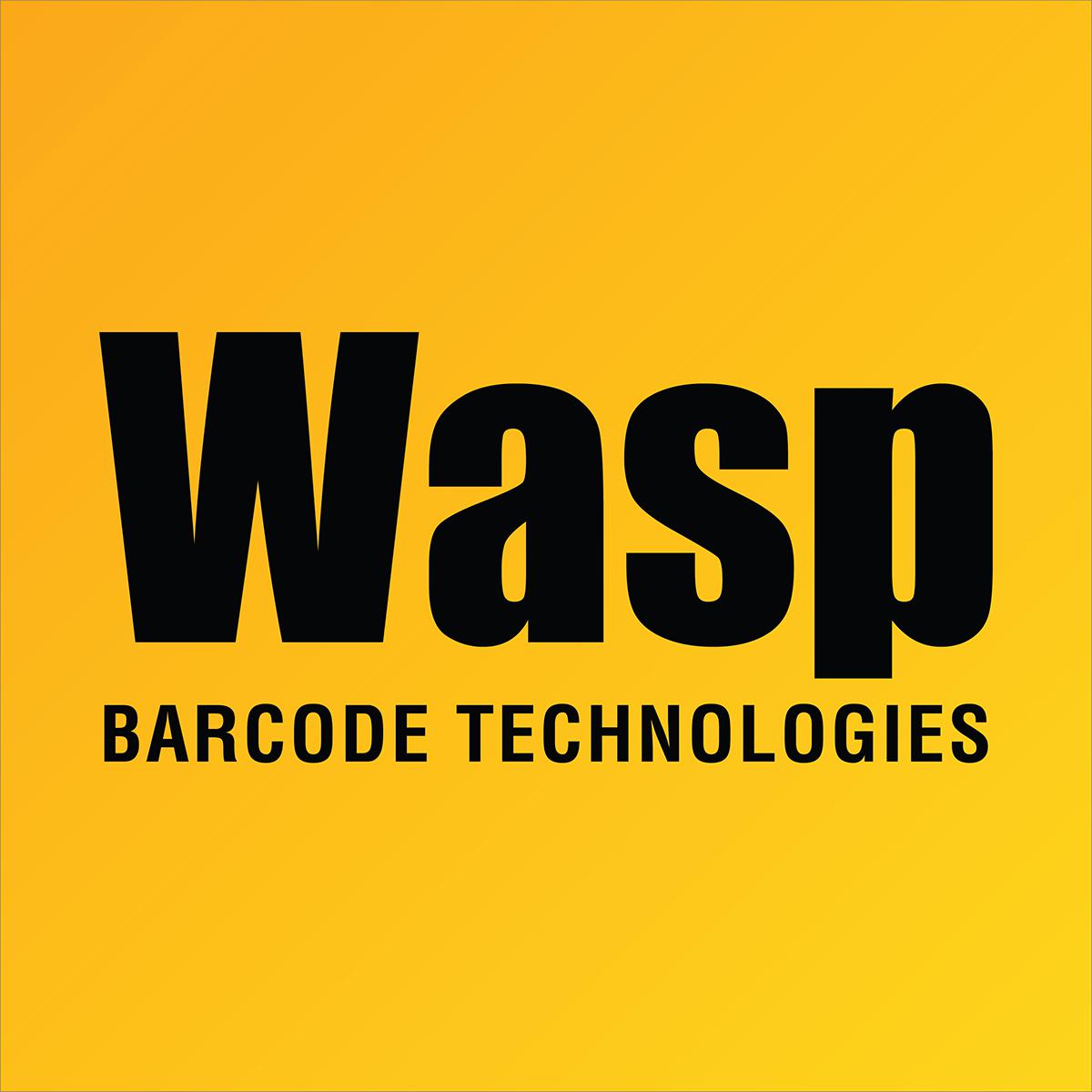Background
Wasp software products rely on the Microsoft .NET Framework for many operations. Corruption in .NET can cause Wasp products to fail or give errors with no apparent Wasp-related cause. For example, a problem persists even after deleting and reinstalling all components of a Wasp software product.
Repairing the .NET Framework (and/or uninstalling & reinstalling) can resolve certain issues.
Procedures
A. Start with the Microsoft .NET Framework Repair Tool, then test whether the problem still occurs:
Microsoft .NET Framework Repair Tool
B. If that doesn't fix the problem, the .NET Framework Cleanup Tool does a more thorough removal process. Then the desired components can be reinstalled.
Microsoft .NET Framework Cleanup Tool User’s Guide (instructions & downloads):
Download the cleanup tool hosted by Wasp:
https://dl.waspbarcode.com/kb/tools/dotnetfx_cleanup_tool-to-4.7.2.zip
https://dl.waspbarcode.com/kb/tools/dotnetfx_cleanup_tool-to-4.7.2.zip
C. This procedure takes longer and has several PC reboots.
Uninstall:
1. Control Panel, Programs and Features. If any .NET shows in this list, note what version it is (for later reinstallation), then uninstall. Later versions of Windows don't list .NET in this list.
2. Still in Programs and Features, click Windows Features at the left. When the dialog box populates, expand any .NET components listed (could be multiple versions), uncheck all boxes within, then click OK. Don't reboot if prompted.
3. .NET Cleanup tool: Cleanup Now, then Exit when finished.
4. Reboot.
5. .NET Cleanup tool (again): Cleanup Now, then Exit when finished.
6. Reboot.
Reinstall:
7. Control Panel, Programs and Features, Windows Features, expand any .NET components listed (could be multiple versions), check all boxes within then click OK.
8. Use downloaded installer (if necessary) to reinstall up to the desired version. Reboot if prompted.
Microsoft's .NET Downloads & Info (the Cleanup Tool link has all versions):
.NET Framework 4.6.1 (Offline Installer)
or
.NET Framework 4.5.2 (Offline Installer)
What's New in the .NET Framework
Additional Information
When .NET version numbers show up in error messages, log files, and Windows Event Viewer, this is evidence of .NET problems. These version numbers can be seen as subfolder names under C:\Windows\Microsoft.NET\, including v1.0.3705, v1.1.4322, v2.0.50727, v3.0, v3.5, v4.0.30319.
Error keywords & files that point to .NET problems:
mscorlib
mscorlib.dll
KERNELBASE.dll
An example from a Windows Application Event Log follows. Note that the version number matches .NET, not the installed Wasp component (which is v7.3).
Application: WaspInventoryWindowsService.exe Framework Version: v4.0.30319 Description: The process was terminated due to an unhandled exception. Exception Info: System.FormatException
Later versions of Windows include some .NET components:
Windows 10 v1703 (Creators): 3.5.1, 4.7
Windows 10 v1607 (Anniversary): 3.5.1, 4.6.1
Windows 10 original: 3.5.1, 4.6
Windows 8: 3.5.1, 4.5.1
Windows 7: 3.5.1
.NET versions 4.5.2 & 4.6.1 are considered stable and good for Wasp software.
.NET versions 4.5.1 & 4.6 are known to cause problems with Wasp software.



